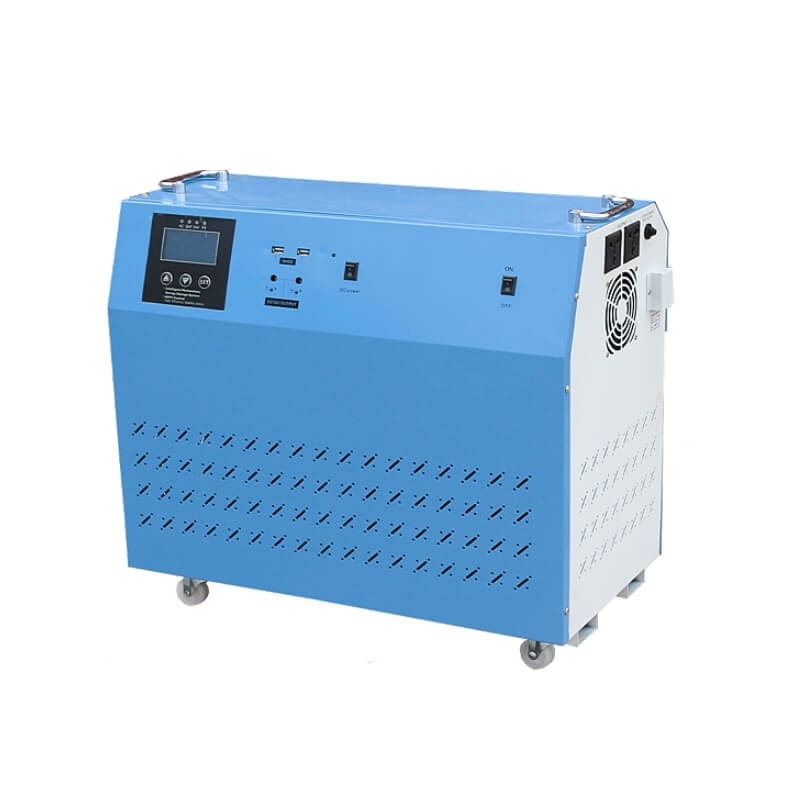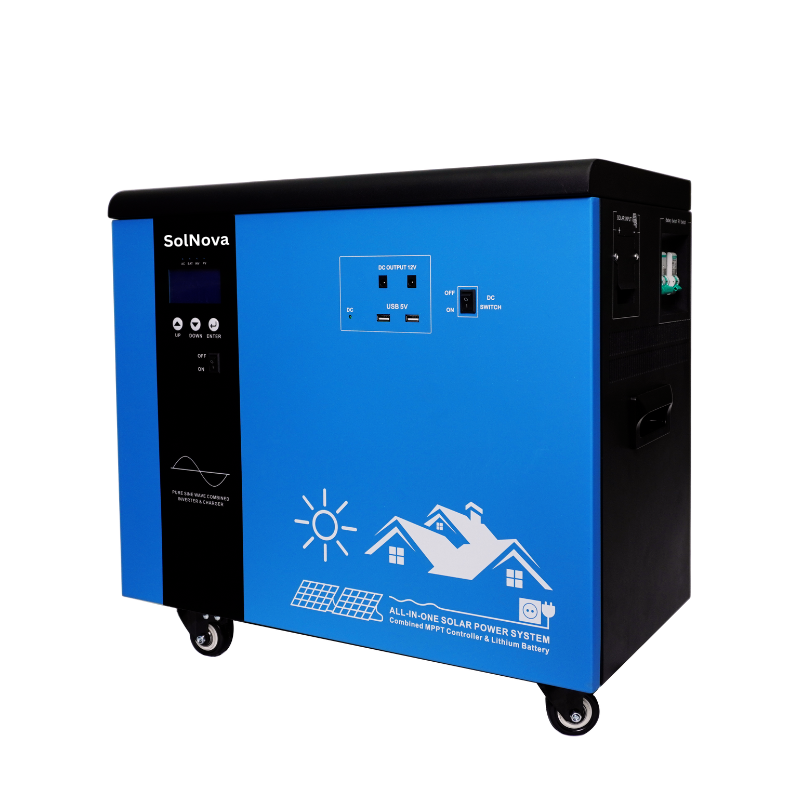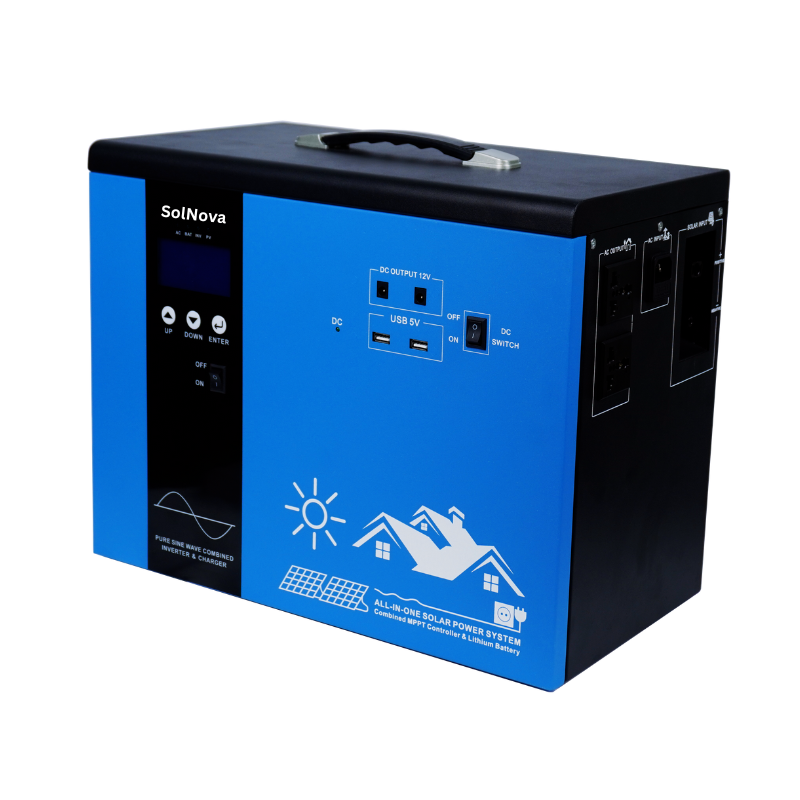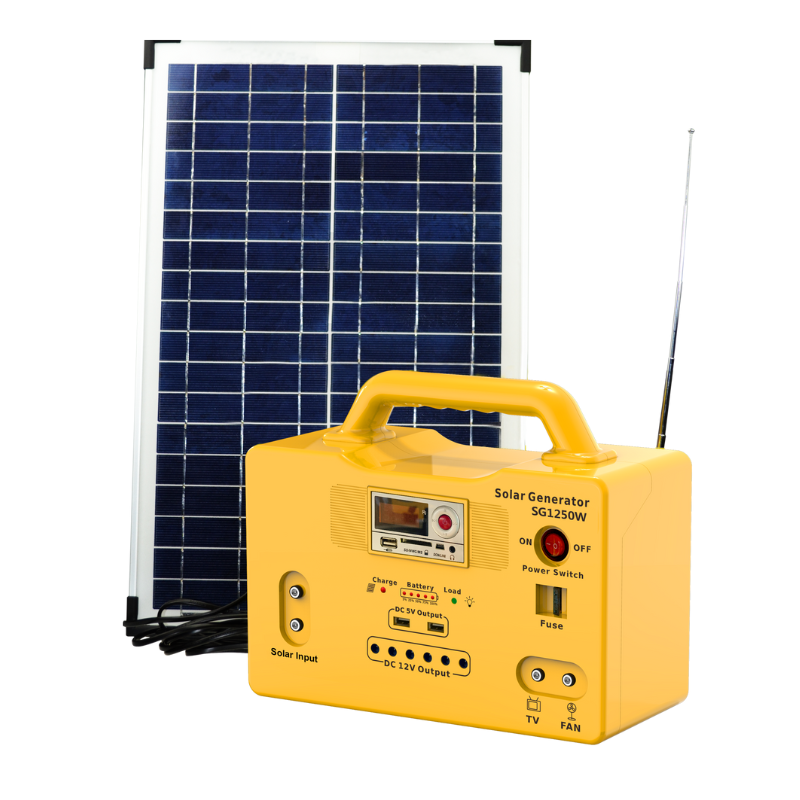Portable Solar Generator Systems
At MILE SOLAR, we are committed to delivering high-performance Portable solar generator systems that cater to the ever-evolving needs of our customers. Our relentless pursuit of excellence has led to three product iterations, fine-tuning the functions and performance of our systems to meet market demands. The result? Solar generator systems that provide the ideal, top-quality power solution for energy distribution and storage, whether you're powering homes, stores, farms, ranches, small workshops, and more.
A Comprehensive Range for Diverse Needs:
As a leading manufacturer, we understand that different power requirements demand versatile solutions. That's why we offer a comprehensive product range tailored to your specific needs:
1. 20W - 50W DC Solar Kits:
These DC solar kits are designed to meet basic energy requirements, making them ideal for applications such as DC lighting, USB phone charging, and FM radio. They offer a convenient and affordable solution for off-grid and low-power needs.
2. 500W - 6KW Portable Solar Generators with AGM Battery:
Our solar generators with AGM lead acid batteries are available in the range of 500W to 6KW. These systems are built to deliver reliable and efficient power, making them suitable for a wide array of applications, from remote job sites to residential use. The AGM battery provides dependable energy storage.
3. 500W - 6KW Portable Solar Generators with LiFePO4 Battery:
For those seeking enhanced performance and longevity, our solar generators with LiFePO4 (Lithium Iron Phosphate) batteries are available in the same range, from 500W to 6KW. These systems offer the benefits of lithium technology, including longer cycle life and deeper discharge capabilities. They are the choice for those who demand the highest quality and durability in their energy solutions.
Key Features:
Safety First: Our systems are engineered with multiple safety protections, ensuring secure and reliable operations.
Reliability: Experience reliable power through pure sine wave output, ensuring clean and stable electricity for your devices and appliances.
Efficiency: Benefit from efficient charging with multiple solar charging modes, guaranteeing swift and effective energy replenishment.
Plug-and-Play: Easy setup and operation mean you can start using your generator right away, no technical expertise required.
Compact and Portable: Designed for mobility, our generators are often equipped with handles or wheels, making them easy to transport.
Multiple Output Options: Charge and power a variety of devices simultaneously with AC outlets, USB ports, and DC sockets.
Silent and Eco-Friendly: Enjoy quiet operation and reduce your carbon footprint by utilizing clean, renewable solar energy.
Battery Compatibility: Whether you prefer traditional lead-acid batteries or advanced LiFePO4 lithium batteries, our systems are ready to integrate seamlessly with your energy storage preferences.
We take pride in our global presence, exporting our portable solar generator systems to distributors, wholesalers, and dealers worldwide. Additionally, we offer OEM/ODM services, empowering you to expand your business and reach new heights.




